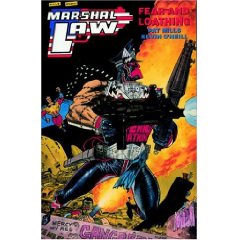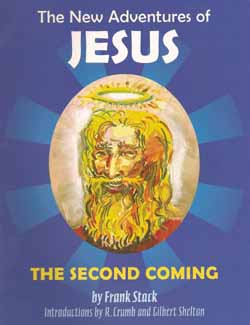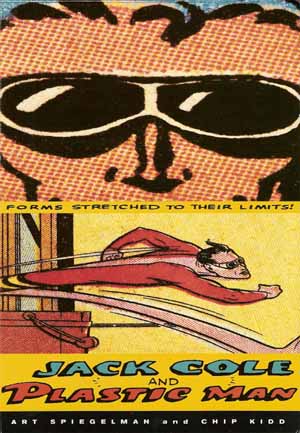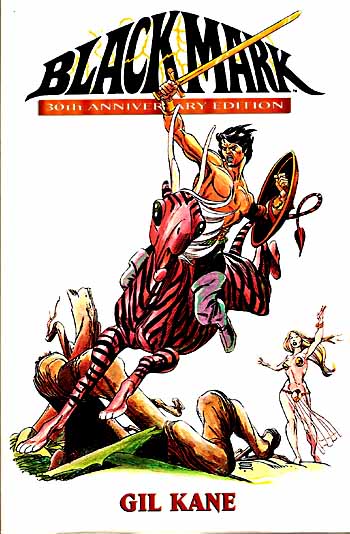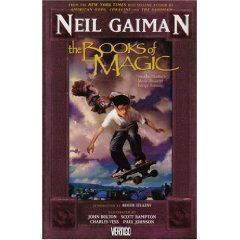
By Neil Gaiman, John Bolton, Scott |Hampton, Charles Vess & Paul Johnson (Vertigo)
ISBN13: 978-1-85286-470-5
Way back when Neil Gaiman was just making a name for himself at DC he was asked to consolidate and rationalise the role of magic in that expansive shared universe. Over the course of four Prestige Format editions a quartet of mystical champions (thereinafter known as “the Trenchcoat Brigade”) took a London schoolboy on a Cook’s Tour of Time, Space and Infinite Dimensions in preparation for his becoming the most powerful wizard of the 21st Century, and an overwhelming force for Light or Darkness.
Shy, bespectacled Timothy Hunter is an inoffensive lad unaware of his incredible potential for Good or Evil (and yes, I know who he looks like but this series came out eight years before anybody had ever heard of Hogwarts, so get over it). In an attempt to keep him righteous the self-appointed mystic guides provide him, and us, with a full tutorial in the history and state of play of The Art and its major practitioners and adepts. However, although the four guardians are not united in their plans and hopes for the boy, the “other side” certainly are. If Hunter cannot be turned to the Dark he has to die…
In Book one, ‘the Invisible Labyrinth’ painted by John Bolton, The Phantom Stranger shows Tim the history of magic with introductions to Lucifer, Atlantis, the Ancient Empires, Jason Blood and the boy Merlin, Zatara and Sargon the Sorcerer.
Scott Hampton illustrates the second chapter wherein John Constantine hosts a trip to ‘the Shadow World’ of the modern DCU, introducing the lad to contemporary players such as Deadman, Madame Xanadu, the Spectre, Doctor Fate, Baron Winter (of Night Force fame), Dr. Thirteen the Ghost-Breaker and Zatanna, who organises a trip to a mage’s bar where the likes of Tala Queen of Darkness and the diabolical Tannarak take matters into their own wicked hands.
Dr. Occult (created by Jerry Siegel and Joe Shuster years before Superman debuted) takes the boy on a journey to the outer lands and the Realms of Faerie, courtesy of Charles Vess in ‘the Land of Summer’s Twilight’: a beautiful, evocative segment that informs much of Timothy Hunter’s life in the Vertigo comicbook series and graphic collections that inevitably spun off from this saga. Cameos here include Warlord, Nightmaster, Amethyst and Gemworld, the Demon, Cain, Abel and the Sandman.
‘The Road to Nowhere’ is painted by Paul Johnson and concludes the peregrination as the ruthlessly fanatical Mister E takes the boy to the end of time, where he has his own plans for him. Beyond Darkseid and the climactic battles and crises of our time, past the Legion of Super Heroes, the end of Order and Chaos, to the moment Sandman’s siblings Destiny and Death switch off the dying universe, Tim sees how everything ends before returning to make his choice: Good or Evil, Magic or mundane?
Despite an “everything and the kitchen sink” tone this is still a cracking good yarn as well as a useful scorecard for all things supernatural, and which still has overwhelming relevance to today’s DC universe. It still stands a worthy primer for newcomers who need a little help with decades of back-story which cling to so many DC tales, even today.
© 1990, 1991, 2001 DC Comics. All Rights Reserved.

